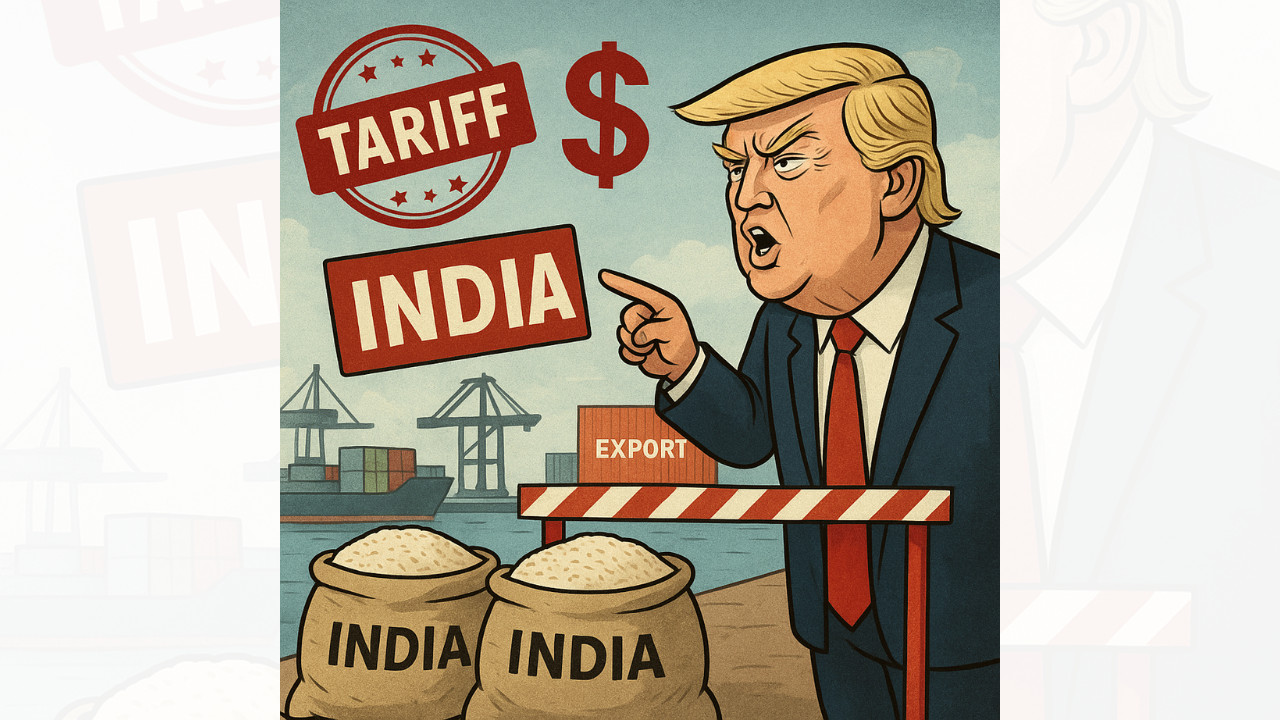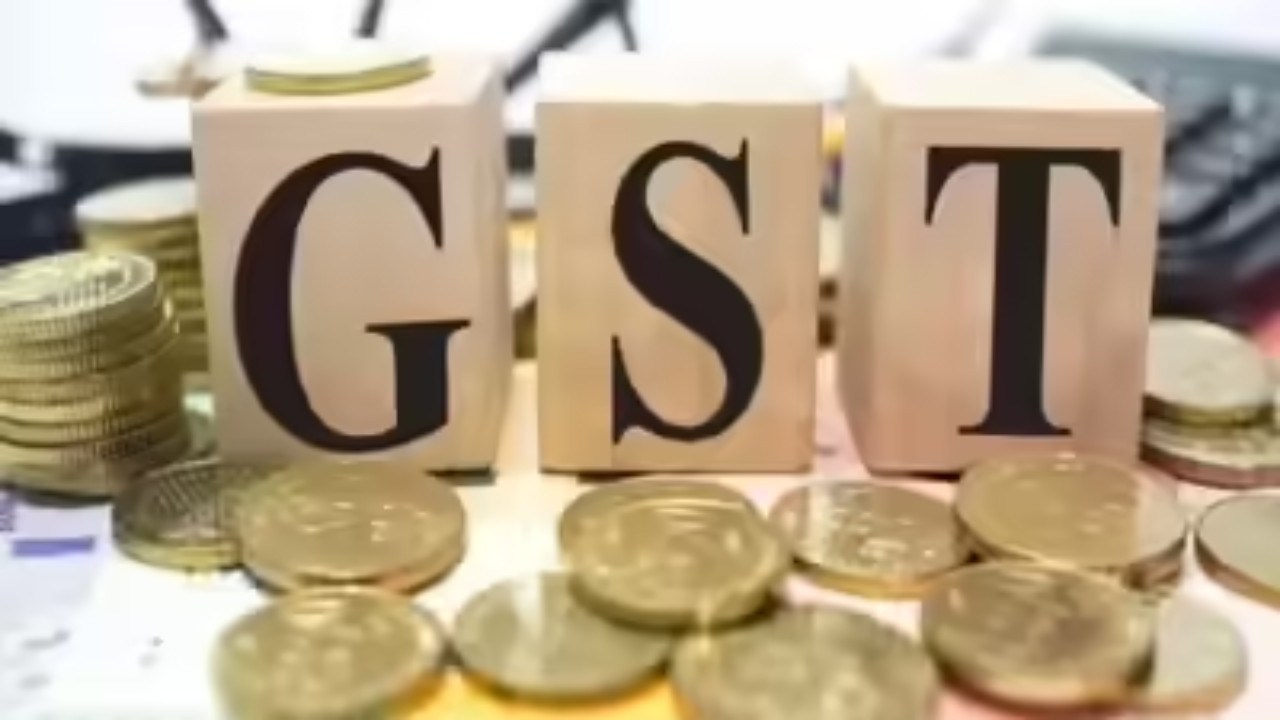Riding the Tariff Rollercoaster: How Trump’s Trade Moves Could Impact Indian Exports
Donald Trump’s return to the political stage has businesses worldwide bracing for potential shifts in trade policy. One policy generating a lot of buzz is a proposed blanket tariff of 50% on all imports into the United States. This policy, if implemented, could significantly reshape global trade flows. But how would such a drastic move specifically impact Indian exporters? Let’s delve into the potential ripple effects.
A Jolt to Key Sectors: Understanding the Impact
India’s export basket is diverse, and a 50% tariff wouldn’t impact all sectors equally. Some industries are far more vulnerable due to their reliance on the US market and the price sensitivity of their goods. Sectors like textiles, pharmaceuticals, and engineering goods could experience a substantial slowdown. Imagine a garment manufacturer in Tirupur facing a sudden 50% increase in the cost of their products in the US market. Their goods would become significantly less competitive, potentially leading to reduced orders and squeezed profit margins.
The pharmaceutical sector, a significant contributor to India’s export earnings, also faces challenges. While demand for essential medicines is relatively inelastic, a steep tariff could pressure Indian companies to lower prices, impacting their profitability. Specialty chemicals and engineering goods, vital components in various US industries, could also see a dip in demand as American businesses seek alternative, cheaper suppliers.

Company-Level Implications: Who Stands to Lose?
Beyond the broad sector analysis, specific companies with high exposure to the US market might feel the pinch acutely. Large Indian IT service providers may not feel a direct hit because they deliver their services digitally, but any weakening in the US economy would decrease demand, especially if US companies choose to reshore development to take advantage of lower tariffs on domestic manufacturing. Companies involved in manufacturing auto components, precision instruments, and certain consumer goods will need to reassess their strategies and explore alternative markets to mitigate risks.
Consider a hypothetical scenario: An Indian auto component manufacturer heavily reliant on supplying parts to US car manufacturers. With a 50% tariff, its products suddenly become significantly more expensive, potentially leading to order cancellations or demands for price reductions. This manufacturer would need to quickly diversify its customer base and explore new export destinations.
Navigating the Storm: Strategies for Mitigation
Faced with the potential threat of a 50% tariff, Indian exporters need to adopt proactive strategies to safeguard their businesses. Diversification is key. Reducing reliance on the US market by exploring alternative export destinations like Europe, Asia, and Latin America is crucial. These markets offer significant growth potential and can help cushion the blow from any trade disruptions in the US.
Another strategy involves strengthening domestic demand. Focusing on the Indian market and catering to local consumers can provide a stable revenue stream and reduce dependence on exports. Additionally, companies should explore ways to enhance their competitiveness through innovation, cost optimization, and improved efficiency.
Perhaps most crucially, Indian businesses will need to stay informed and agile, closely monitoring policy changes and adapting their strategies accordingly. This includes fostering stronger relationships with government bodies and industry associations to advocate for policies that support exports and mitigate the adverse effects of tariffs.
The Broader Economic Landscape: Beyond Exports
The potential impact extends beyond individual sectors and companies. A significant reduction in exports could affect India’s overall economic growth, leading to job losses and reduced investment. The Indian government may need to implement supportive measures, such as providing export subsidies, easing regulatory burdens, and investing in infrastructure to enhance competitiveness.
Check out our blog post about [Government Incentives to Spur Indian Manufacturing](internal-link-here.com) for more insights into government support for the sector.
Ultimately, the true impact of a 50% tariff on Indian exports depends on various factors, including the specific implementation details, the response of other countries, and the adaptability of Indian businesses. While the road ahead may be uncertain, proactive strategies and a commitment to innovation will be crucial for Indian exporters to navigate the challenges and capitalize on new opportunities.
Looking Ahead: Preparing for an Uncertain Future
The possibility of sweeping tariffs introduces volatility into the global trade environment. While the exact consequences for India remain to be seen, the potential impact is undeniable. By embracing diversification, innovation, and strategic partnerships, Indian businesses can fortify themselves against potential headwinds and continue to thrive in the ever-changing landscape of international trade. The key to success will lie in preparation and a willingness to adapt quickly to new realities.







